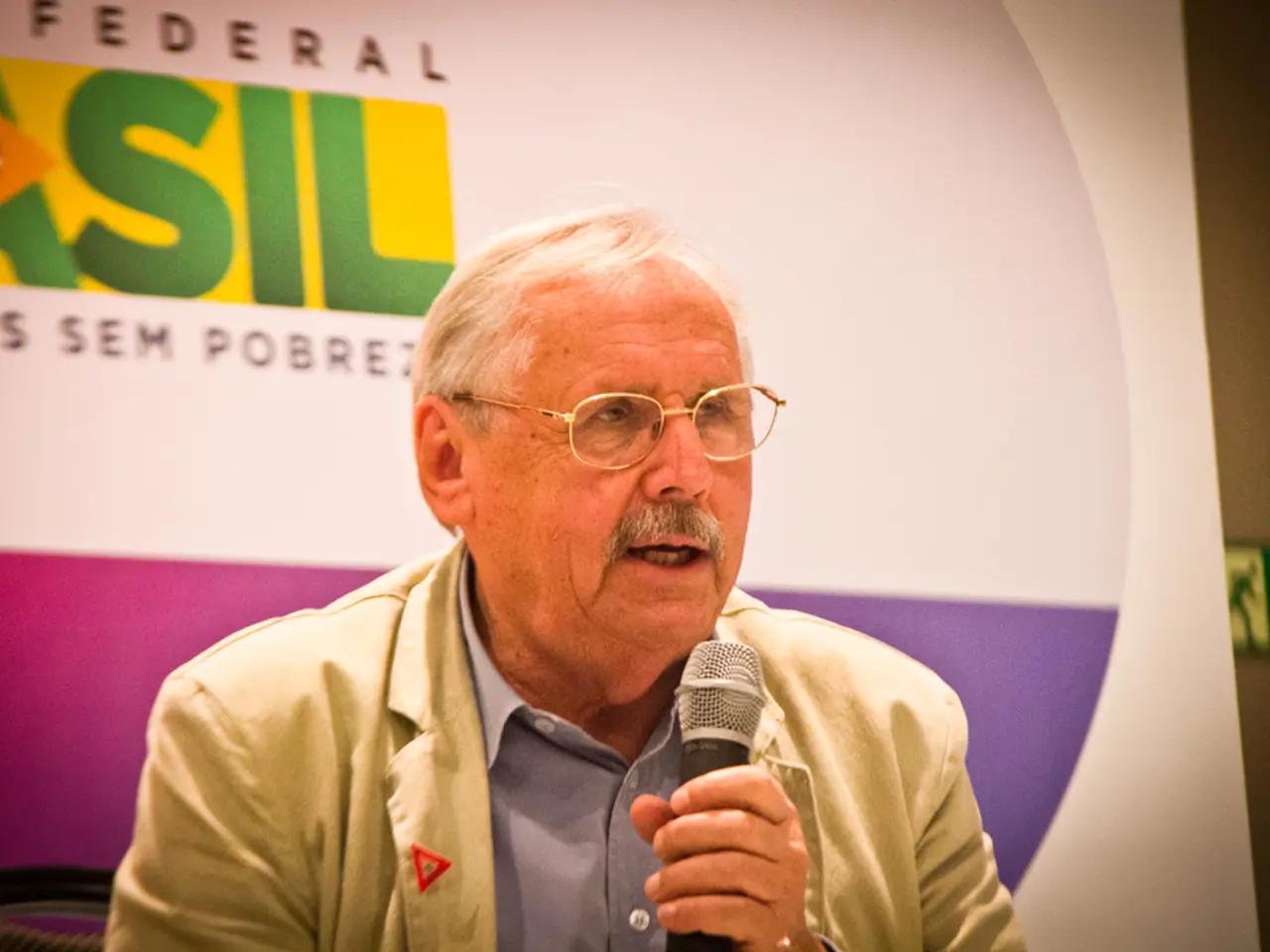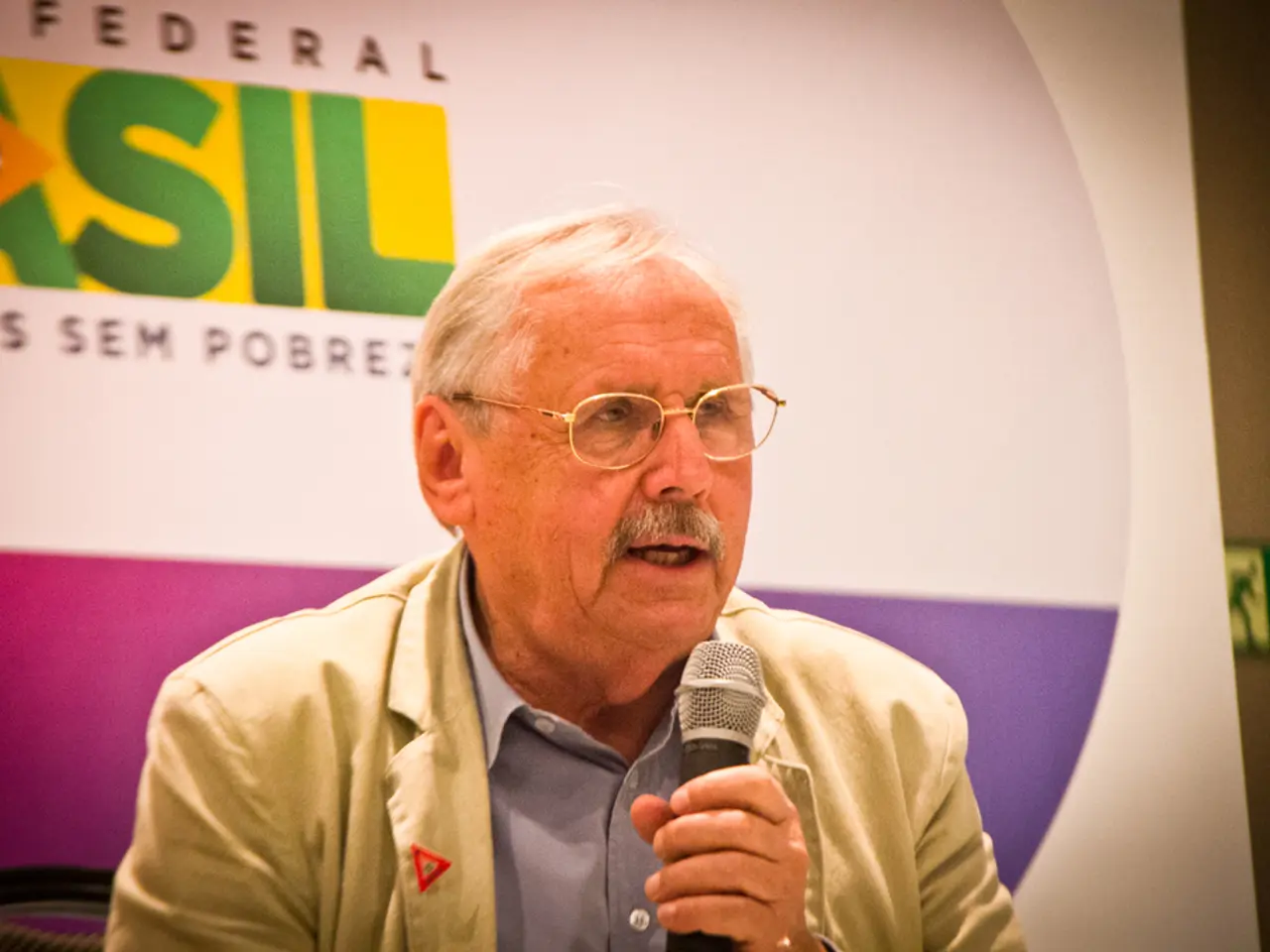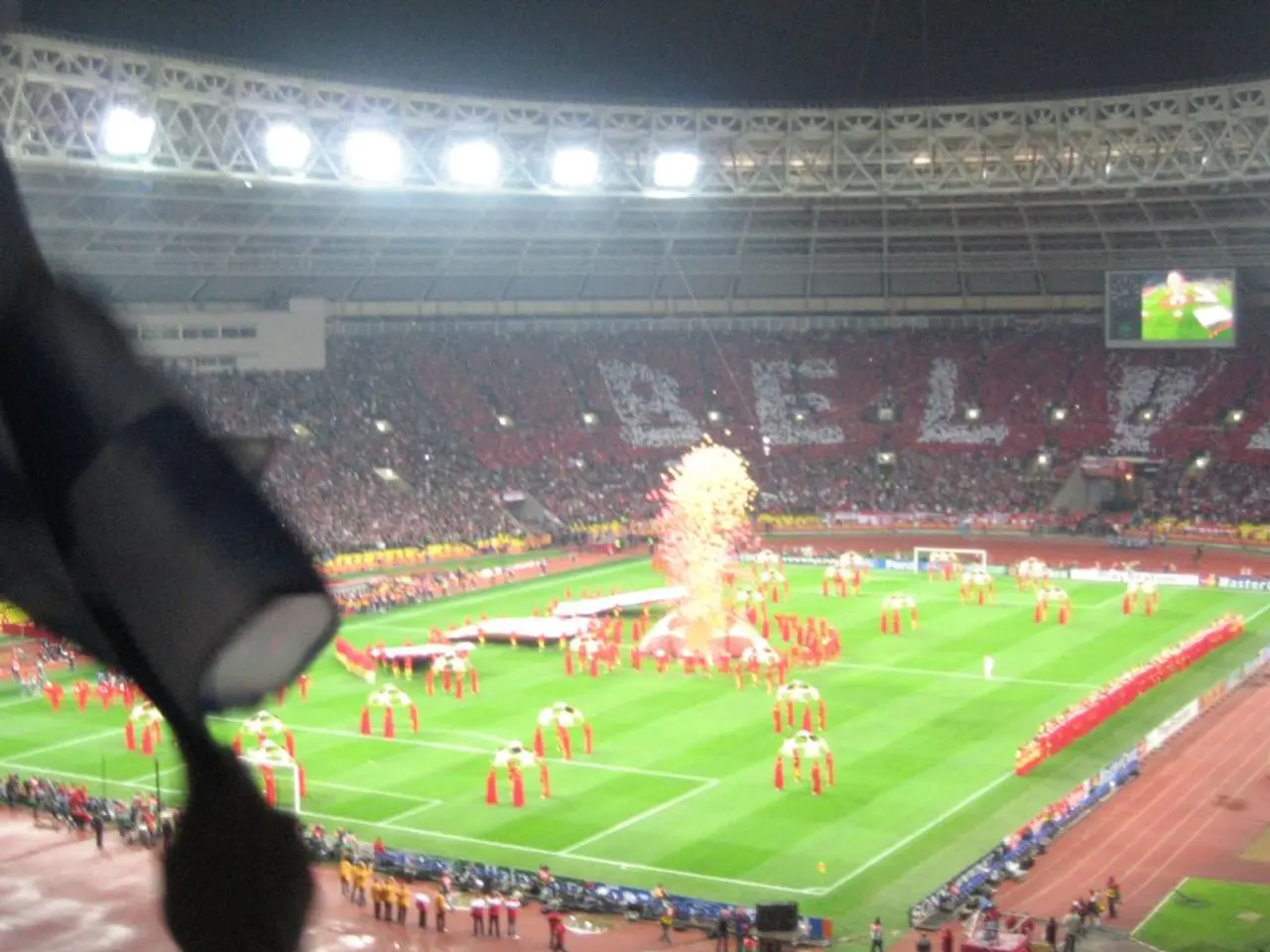The reason behind Switzerland's perpetual neutrality is explained here.
Switzerland's neutrality, a cornerstone of its foreign policy, has deep historical roots that stretch back over five centuries. This article explores the evolution of Switzerland's neutrality, from its practical origins to its modern-day manifestation.
Origins of Neutrality
The Swiss Confederacy's neutrality began as a practical choice to avoid further devastation during the Napoleonic Wars. The country's geographic position amid European powers and its internal diversity—divided by language, religion, and cantonal sovereignty—made neutrality a pragmatic choice to maintain internal cohesion and avoid entanglement in conflicts.
This pragmatism was formalized in the Treaty of Paris in 1815, which recognized Switzerland as a sovereign and neutral confederation. The treaty established Switzerland's perpetual neutrality, a principle that has been consistently upheld through the centuries.
Neutrality in Action
Switzerland's neutrality was tested during the World Wars, particularly World War II, when it was encircled by Axis powers and fascist regimes. Despite this, Switzerland maintained its neutrality, mobilizing hundreds of thousands of troops and fortifying its mountainous terrain to deter invasion.
During these conflicts, Switzerland became a hub for diplomacy and humanitarian efforts. It played a leading role in the Conference on Security and Cooperation in Europe (CSCE), brokering dialogue between the US and Soviet Union and advocating for human rights.
Evolution of Neutrality
Over time, Switzerland's neutrality has evolved from strict non-involvement toward more active mediation roles and participation in multilateral forums while still avoiding military alliances and conflicts. Key moments such as the Locarno Pact of 1925 and the Congress of Vienna in 1815 highlight the country’s ongoing commitment to peace and stability in Europe.
In the modern era, Switzerland has participated in peacekeeping missions, joined the United Nations, and served as a backchannel between enemies. The country's neutrality is part of its international brand, with Geneva hosting dozens of major global organizations.
The Future of Neutrality
As the world faces transnational threats like climate change, cyber warfare, and terrorism, some argue that strict neutrality may not be viable forever. However, Switzerland's neutrality is not a static concept; it has adapted through events like the World Wars, the Cold War, and current geopolitical challenges.
Switzerland's military, known as the Swiss Armed Forces, is an integral part of this adaptability. Mandatory military service for most Swiss men, coupled with the practice of keeping rifles at home even after service, ensures a ready and capable defence force.
A Unique Approach to Neutrality
Neutrality, in the Swiss context, is not weakness; it's wisdom, resilience, and a quiet kind of strength. Switzerland's neutrality is a testament to its ability to navigate complex international dynamics while maintaining its independence and commitment to peace. It serves as a compelling case for the power of non-alignment in an increasingly interconnected world.
References:
- Swissinfo.ch
- BBC News
- The Economist
- The Conversation
Switzerland's role in modern-day humanitarian efforts and diplomacy underlines the relevance of its historical neutrality in the arenas of general news, politics, and culture. The Swiss Armed Forces, unarmed and mobilized for defensive purposes, demonstrate the integration of health considerations into Switzerland's unique approach to neutrality, ensuring state readiness while maintaining peaceful relations with neighboring countries.








